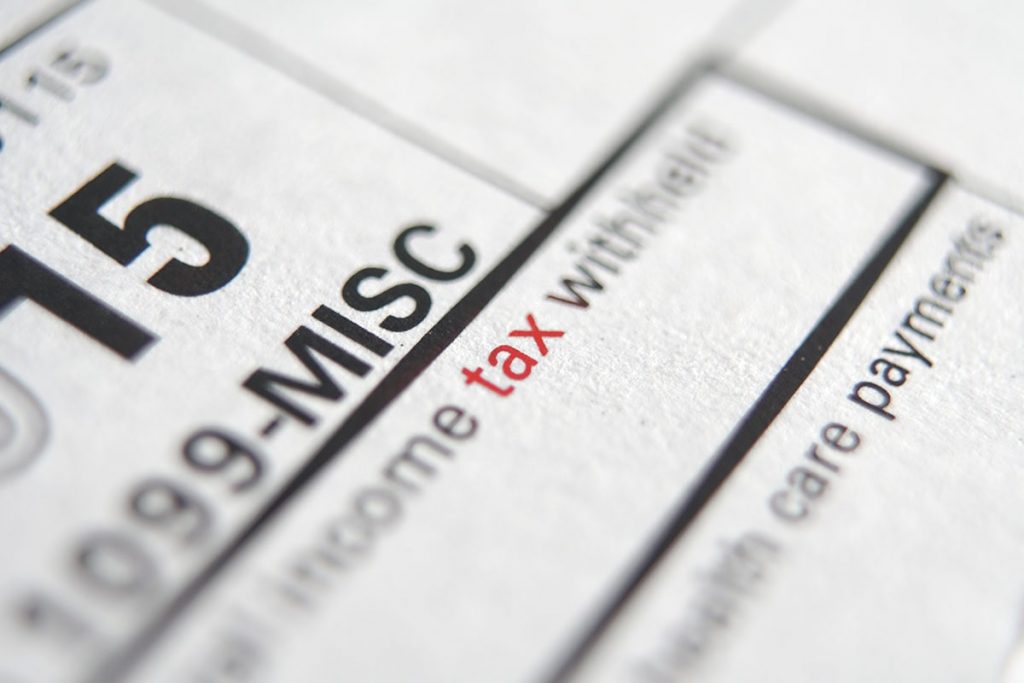Common Myths About Filing Personal Taxes

The last few years have been difficult for taxpayers. The tax laws have changed dramatically in recent years, and legislation for COVID relief makes tax filing even more complex for 2020. Here are some common myths about filing personal taxes that can help you file an accurate return.
Self-employed income
Many self-employed people include their business profit or loss on their personal tax return. These taxpayers file Schedule C, and the self-employment earnings are added to other sources on income (W-2 income, dividends) on the personal tax return (Form 1040).

Freelancers (independent contractors) need to include each customer payment on the tax return, even if they don’t receive a 1099 form.
Mortgage interest may not be fully deductible
Itemized deductions are posted to Schedule A of Form 1040, and your mortgage interest may provide a large deduction on Schedule A. However, your total adjusted gross income may limit the dollar amount of mortgage interest that you can deduct. If you are considering a new home loan, keep in mind that your mortgage interest may not be fully deductible.
Marginal Tax Rate
Your marginal tax rate is not the tax you pay on all of your taxable income.
Nearly all taxpayers pay more than one tax rate on their income. A single person, for example, pays a tax rate of 10% on the first $9,875 of taxable income earned in 2020. That same single person will pay 12% on income between $9,876 and $40,000.
Your marginal tax rate is defined as the tax you pay on an additional dollar of income. For a single person with total income of $30,000, the marginal tax rate is 12%. That’s the tax rate the individual would pay on the next $1 of income.
Realized vs. recognized gains
A taxpayer must have a buy and a sell to have a realized gain. If an investor buys 200 shares of Microsoft common stock at $60 per share and holds it, no gain of loss is recognized until the stock is sold.
Not all realized gains and losses are recognized. A gain or loss is recognized when it is posted to a tax return. Gains and losses on investments in many retirement plans are tax deferred, meaning that they are taxed (recognized) at a later date.
Tax credit vs. tax deduction
A tax credit differs from a tax deduction. Think of a tax credit as a “gift certificate”. A credit reduces your tax liability dollar-for-dollar. If you have a $6,000 tax liability and a $500 tax credit, the credit can reduce your liability to $5,500.
A tax deduction reduces your taxable income. If you have $70,000 in income and $8,000 in tax deductions, your taxable income is $62,000. You then compute the tax liability on the $62,000.
Itemized deduction vs. standard deduction
Every individual tax return is allowed some sort of deduction. When you complete your tax return, you add up your potential itemized deductions on Schedule A of the Form 1040 personal tax return. Itemized deductions include mortgage interest, medical expenses and other items.
Everyone is allowed a standard deduction, even if the dollar amount of your itemized deductions is smaller. For tax year 2020, the standard deduction for single taxpayers is $12,400.
Tax withholdings vs. estimated payments
There are two primary ways that individuals pay their tax liabilities. Many people have taxes withheld from their paychecks. Employees complete Form W-4 to compute the tax withholdings from pay, and Form W-2 shows your gross pay for the year, and the amount of federal taxes withheld.
Some people also make estimated tax payments during the year. If an individual believes that their tax withholdings will not pay their entire tax liability for the year, they will make estimated tax payments. Check with your CPA to determine if you need to make estimated tax payments.
Extending your filing date vs. payments
If you tax situation is more complex than normal- or if you are missing tax documents- you may request an extension. If the extension is approved, you can file your tax return after the normal deadline (April 15th for individuals).
Keep in mind, however, that your tax liability is still due on April 15th. Check your pay stub to determine the dollar amount of tax withholdings for the year. If you don’t make a payment by the due date, you may be assessed interest and penalties.
If you employer workers or independent contractors, FormPros can help you save time and generate accurate tax forms.
How FormPros Can Help
FormPros offers expertly customized business and tax forms. The software provides intuitive forms that ask the right questions, so you can quickly generate documents at a fraction of the cost of hiring a lawyer.
Your business can generate pay stubs, 1099-NEC documents, Form W-2, and W-9 forms using FormPros. The process is quick and painless, and you’ll have more time available to grow your business.
Do you have your business records organized so far this year?